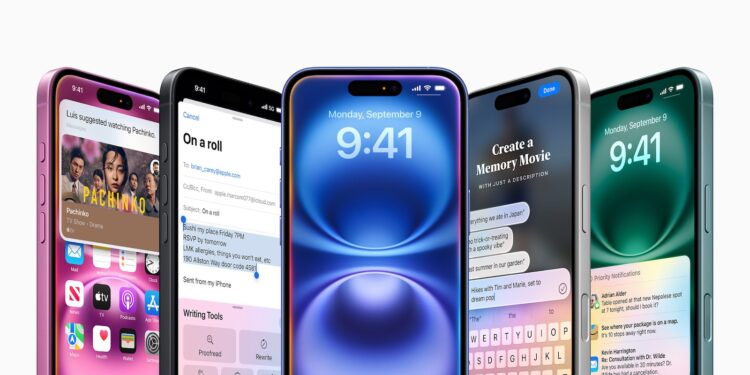The iPhone is known for setting new standards in design and technology. One of the next big innovations Apple is aiming for is a bezel-less display - a "zero bezel" design that no longer has any visible edges. However, this vision is more complicated to implement than it seems at first glance. Recent reports indicate that this technology will not be available until after 2026 at the earliest. Find out why this is the case and what problems Apple needs to solve here.
A frameless iPhone would not only be a visual milestone but could also open up new ways of using the device. Apple has been pursuing this idea for years to create a minimalist, elegant device that feels like a seamless "pebble" in the hand. But as impressive as this idea is, developing such a display is an immense technical challenge. Apple does not want to make any compromises - an attitude that is also delaying the project.
The challenges of Apple's frameless iPhone
Apple's plans to develop a frameless iPhone place special demands on the display technology. The company is working with leading display manufacturers Samsung Display and LG Display. Although both companies already have experience with curved displays, Apple's demands are unique. Unlike smartphones such as Samsung's Galaxy models or Xiaomi's "waterfall displays", Apple wants to avoid the typical "magnifying glass effect" that often occurs with curved edges. Instead, the display should remain flat and flow seamlessly over the edges without giving up the angular design of the iPhone. This aesthetic is more similar to the current Apple Watch than to the displays of other manufacturers.
Technological requirements
The development of such a display requires the adaptation of two central technologies:
- Thin Film Encapsulation (TFE): This technology protects OLED displays from moisture and oxygen, which could affect their lifespan. To enable the frameless design, TFE needs to be further developed.
- Optical Clear Adhesive (OCA): This adhesive is used to bond transparent films with curved edges. However, current solutions face problems, particularly in terms of visibility from lateral angles and resistance to impact.
Another problem is the space required for essential components such as the iPhone's antennas. The new designs must ensure that the device's functionality is not compromised by the seamless appearance.
delays in the schedule
Apple had originally planned to introduce the frameless technology for the iPhone 18 in 2026. But according to a report According to the Korean newspaper The Elec, there are still open discussions with suppliers Samsung and LG. These delays indicate that mass production will not begin on time. Industry insiders believe that the technology will not be introduced until after 2026.
Outlook: Patience for a groundbreaking iPhone innovation
Although the bezel-less iPhone has been delayed, this process shows how demanding the development of such technology is. Apple is committed to perfection and wants to ensure that the result is not only visually impressive but also works flawlessly. For you as a user, this means that the vision of a "zero bezel" iPhone will still have to wait a few years. But when the time comes, this device could not only set new standards visually but also fundamentally change the way you experience your smartphone. (Image: Apple)





